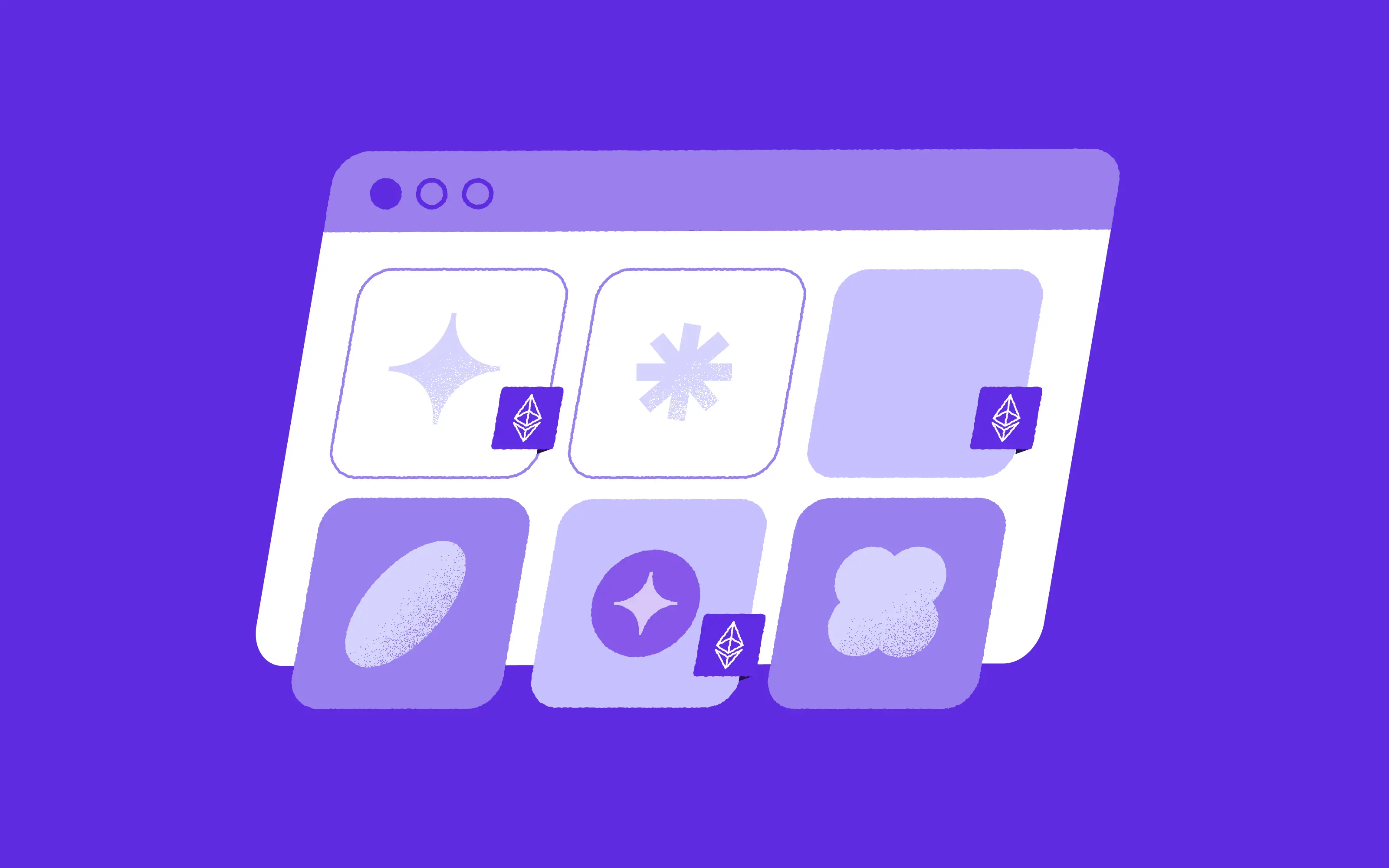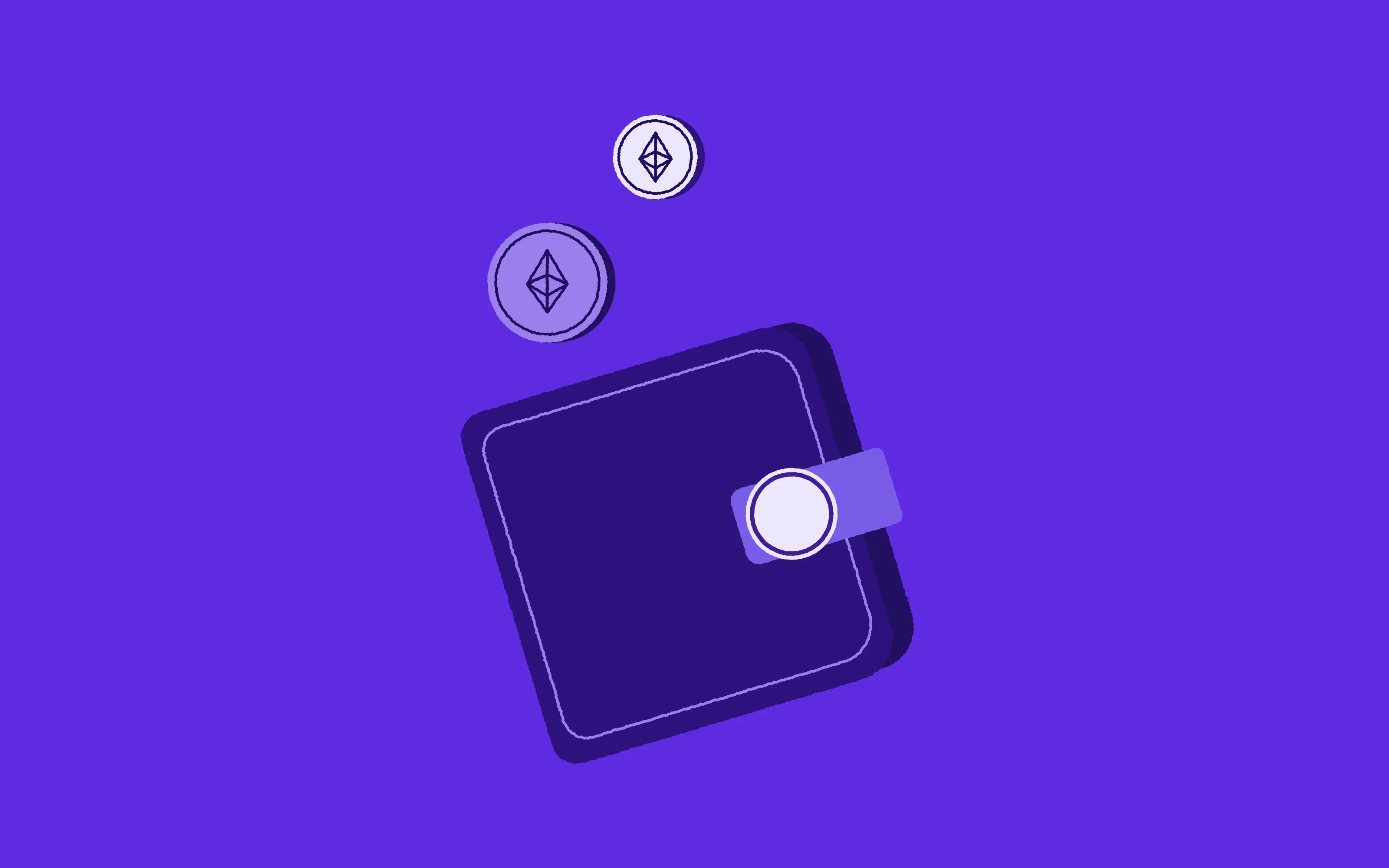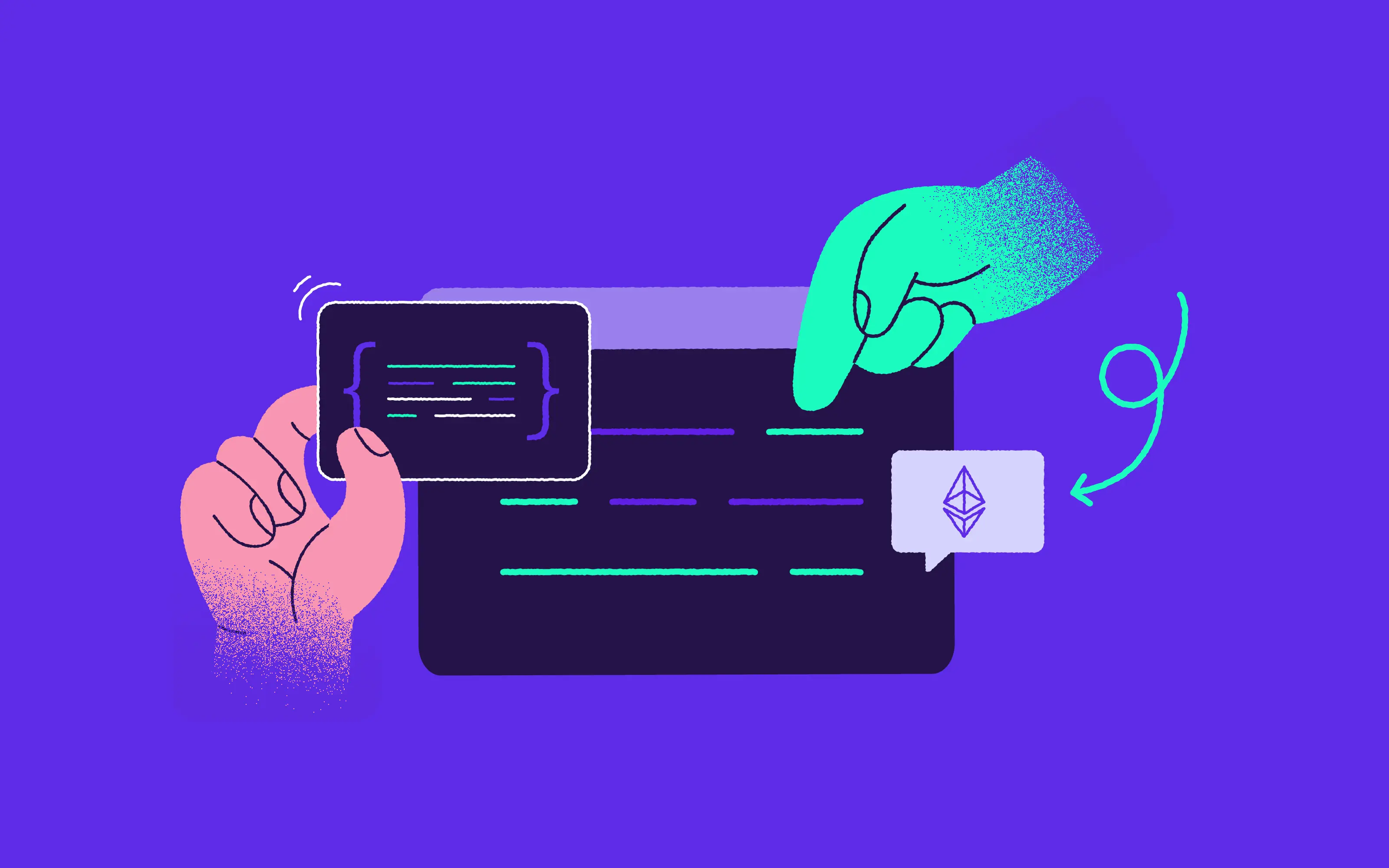
2021 was branded by many as the year of the NFT, and so far, this particular market is showing no signs of stalling. Even those of us who aren’t connoisseurs have heard about pictures of monkeys being sold at Sotheby’s for close to $25 million, and about Grimes making a substantial side-line by selling her art in the NFT gold-rush. We’ve also seen the growth of a number of NFT marketplaces, which are of course the prime way to buy and sell digital art (and other items) in the modern age.
Thinking of building your own marketplace? There’s never been a better time. And it’s not just because of the popularity of NFTs, but also due to the fact that they’re relatively hands-off and risk-free. As a marketplace owner, you don’t have to be involved in the trading itself and all your transactions are recorded on the blockchain, giving you an excellent layer of security. Read our manual on kick-starting your NFT marketplace, if you yet haven't. But, today we wanted to take a deep-dive into the key components that you’ll need to make yours a real success.
In fact, you can deploy your own full-fledged NFT marketplace in just several weeks. Our white-label solution allows you to start your own business quickly and securely, and if you're looking for unique collections, our designers can craft mindblowing arts and NFT ideas for you. Just click the banner below and you are ready to go.

A quick recap - what is an NFT marketplace?
An NFT marketplace is essentially a decentralized platform for buying and selling non-fungible tokens (NFTs). NFTs are unique digital assets - they are most commonly pieces of art, but can also be games, pieces of music, collectible items, virtual fashion and more. The easiest comparison to draw on for an NFT marketplace is a standard ecommerce platform on which products are listed by sellers, and buyers can either purchase them directly, or bid on them. The major difference is that crypto wallets are needed to transact on an NFT marketplace. We’ll go into this in more detail below.

How an NFT marketplace works - the basics
Before we get started on the main components of an NFT marketplace, let’s take a look at its functionality - what key tasks should users be able to perform and what processes do these trigger? Here’s a summary:
- Any new trader on an NFT marketplace needs to go through the onboarding process to create a profile and build a crypto wallet, or link it to an existing one.
- They are then ready to create an NFT listing, which involves uploading digital assets that represent your work.
- They can choose to sell artwork at a specified price, or to set up a bidding system, where the final offer wins the bid.
- If a bidding system has been set up, potential buyers who join the marketplace are able to put in their offer prices.
- When an NFT is purchased (or the winning bidder wins the bid), the marketplace sends the NFT(s) and the cryptocurrency to the corresponding crypto wallets.
The question of profitability - and how NFT marketplaces make money
Similarly to traditional marketplaces, NFT marketplaces make money by charging a transaction fee. This is usually about 2-5% of each sale. Some marketplaces also charge additional gas fees, on top of the gas fees paid to the miners themselves, while others charge fees for listing, minting or selling on their marketplace.
But what is the transaction volume like on such marketplaces and is there really profit to be made? In short, yes. In less than 2 years since NFTs took off, there has been roughly $46 billion US dollars transacted for NFTs. OpenSea reported $82 million in revenue in January 2022 alone. This came from 2,465,165 NFT sales.
In a nutshell, when you purchase a whitelabel NFT marketplace, you’re very likely to be investing in the seed of what will become a highly profitable product.
Why is it important to start with the right components?
While the NFT market is booming, competition is also growing. That’s why you should aim to create a great impression on your users from the outset. For a start, you should enable them to get onboarded efficiently. You’ll also want to have a great inbuilt search and filter system so that they can quickly find what they’re looking for. They should be able to access the funds in their wallet without any issues, and to generally have an easy and pleasant experience. All of this means that you need to have the key ingredients in place to offer a great UX and UI. Don’t worry - we’ll talk you through these in detail.

First things first - who exactly are your users?
No NFT marketplace is the same, and as with any product, one of the main things to consider is who your target audience members are, and what they’re searching for. Without understanding their desires and pain points you simply won’t build a marketplace that is fit for purpose. If you’d like to, read more about why the discovery phase is an essential first step to building an NFT marketplace.
Note that there are many different marketplaces out there, from those such as OpenSea, which is a great general NFT platform for newcomers, to more niche ones such as SuperRare, which is for seasoned connoisseurs of digital art.
Let’s now explore the key ingredients for your ideal NFT marketplace recipe
Now that you’ve considered your target audience and understood the basic user flows, let’s take a deeper look at the core components of every successful NFT marketplace.
The Main Storefront
This functions as the main dashboard of your marketplace and should display information about bids, owners, price history and more. You might choose to show the most popular collections over the last 24 hours, or a selection of featured items. Make sure that there are clear calls to action for your users, to log in or to set up an account.
Take the time to consider what you’d like to feature in your top navigation. For example, if you’re appealing to a wider market of people who are new to the world of NFTs, you might provide a direct link to a list of resources, or a help center, as in the case of OpenSea. You could also provide a list of stats to show NFTs ranked by volume, floor price and other statistics.
Listings
Listings allow users to create and send digital collectibles and it’s important to make this process as easy as possible. Make sure that it’s clear where they’re able to submit their files, ask them to write a detailed description of their NFT (which will assist you in building an effective search functionality - see below), and make sure that you include all the key fields, such as tags and titles.
The Crypto Wallet
As mentioned above, the Crypto Wallet is essential to creating an account on virtually any NFT marketplace. The wallet stores and transfers NFTs and cryptocurrencies, which is why its security is paramount, but it must be balanced with ease of use. It’s wise to provide users with the means to connect wallets that they already use, and this can be done through the use of popular wallets such as Coinbase, MyEtherWallet or Formatic.

The Auction
The auction functionality is an essential part of the NFT marketplace and it needs to be designed in an accessible way, clearly displaying the latest bid and the expiry time. Users should also be able to take a closer look at the data around the bid’s current state. If you want to really stand out, give your sellers the ability to boost their auctions, by moving them higher up the listings, particularly if their NFTs are super rare.
The Search Function
The search function should be a key component of any NFT marketplace, but it’s particularly important if your target audience is formed of art connoisseurs who are either looking for a specific product, or have a good understanding of the types of products that you might be offering - i.e. they’re less likely to be ‘casual browsers.’
There are many ways in which you can boost your search to offer users a stellar experience - including searching entire NFT descriptions rather than just their metadata, helping your users with suggestions, and experimenting with language around the search box. The worst thing that you can do is to let your users reach a ‘dead end’ with ‘no results displayed,’ so be sure to have an in-built buffer for such situations in which you show the closest possible results.
Filters
A good filter functionality is useful if you’re looking to appeal to the casual browser who has a rough idea of what type of NFT they’re after, but still wants to be presented with a wider choice. Some key filters to consider might include payment method, listing status and category.
Ratings
Ratings are essential to user credibility and are particularly useful for beginners. This functionality enables users to give feedback on their experience of buying from a particular seller. In giving their opinion, they’re able to influence the purchase decisions of others. Those users who are most highly ranked, are of course rewarded through a larger amount of hits on their product.
» Read more: "Show me the money". Turn your NFT marketplace into a money-spinner
The Importance of a Seamless Onboarding Process
The world of NFTs can appear complicated, especially to newcomers, which is why providing an easy way to set up an account will help you to stand head and shoulders above the competition. As mentioned above, one of the best ways of doing this is through effective wallet integration. But you should also limit the amount of steps users have to complete before they can submit their first NFT, provide multiple easy ways of uploading files and give clear, simple instructions at every step.
Want to read more about onboarding in DeFi products? We have a handy manual for you here.
The Art of Great UX Writing
And one last piece of advice - fantastic UX writing can really make your product shine. What do we mean by this? In short - it’s all the copy that your users discover on their journey through your NFT marketplace. It’s important to go back to that very first step of the process, which is understanding your target audience and speaking to them in their own language. If you’re addressing newcomers, ditch the jargon or provide a handy glossary to explain exactly what you mean. If you’re conversing with seasoned connoisseurs, allow yourself a little more freedom in the language you adopt. At all times, be respectful - show users how many steps they have left to complete a given journey, and motivate them along the way. They’ll be raring to come back for more.
Want to find out why awesome UX will set you on the road to success? We’ve got you covered here.
Looking for an expert team to help you create an NFT marketplace?
Get in touch with our Head of Sales, Dennis Van Der Vecht, for a free blockchain consultation at dennis.vandervecht@10clouds.com or +48 793 200 141.



